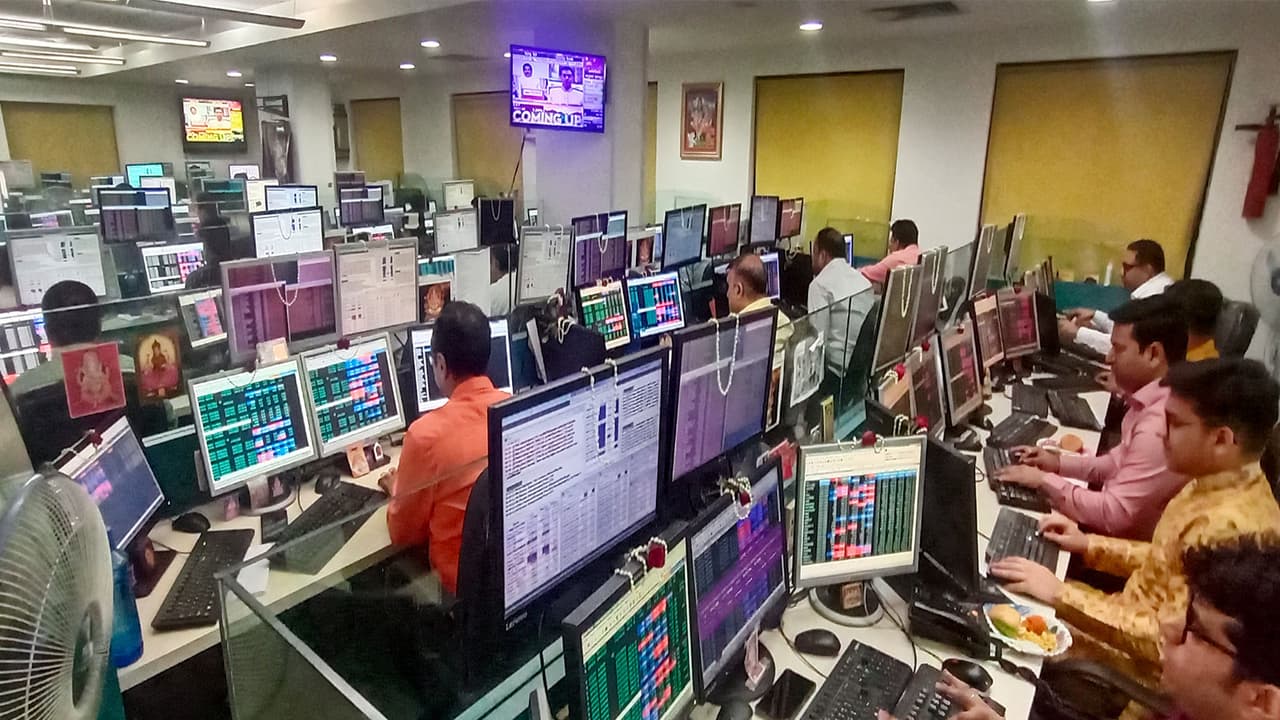A WhiteOak Capital report shows SIPs started at a market top can create more absolute wealth than those started at a bottom. While % returns are slightly better for the latter, the ‘Cost of Delay’ is huge, making starting early key.
Starting Systematic Investment Plans (SIPs) at the top of a market cycle can lead to higher absolute wealth creation in rupee terms compared to SIPs that begin at the bottom, even though percentage returns may be marginally higher for the latter, according to a report by WhiteOak Capital.
The report highlighted that while SIPs started at the bottom of a market cycle tend to show slightly better percentage returns, the absolute gain or wealth creation in rupee terms is far higher for SIPs that begin at the top. It stated “It is interesting to note that while the % return is marginally higher for SIPs started at the bottom of the market cycle, the absolute gain in rupee term (Wealth Creation) is far higher for SIPs that began at the top. The “Cost of Delay” of starting SIP late can be huge over the long term”. This is because investors who start early benefit from investing more over time, allowing compounding to work for longer periods.
An Illustrative Example: SENSEX TRI Data
To illustrate this, the report presented an example based on data from the BSE SENSEX TRI over the past 28 years. The analysis compared two investors–one who started a Rs 10,000 monthly SIP at the top of various market cycles and another who began at the bottom. For instance, if an investor had started a monthly SIP of Rs 10,000 in January 2008, which was the peak of market cycle six, by October 31, 2025, they would have invested Rs 21.40 lakh. The current value of this investment would have grown to Rs 79.43 lakh, generating an annualised return (XIRR) of 13.26 per cent. On the other hand, if another investor had started the same SIP in March 2009, which was the bottom of the same market cycle, they would have invested Rs 20.00 lakh (Rs 1.40 lakh less than the first investor). The value of this investment as of October 31, 2025, would have been Rs 68.07 lakh, with an XIRR of 13.37 per cent. Despite having a slightly higher return percentage, the second investor’s total wealth was Rs 11.36 lakh lower than the first.
Why ‘Time in the Market’ Beats ‘Timing the Market’
The findings highlight that the timing of starting an SIP–whether at the top or bottom of a market cycle–has little impact on long-term returns. What truly matters are starting early and staying consistent, as the power of compounding and time in the market create greater wealth over the long run.
The report explained that the “Cost of Delay” in starting an SIP can be very high over the long term. The longer an investor waits for the market to reach the bottom, the higher the cost of delay becomes, assuming all other factors remain the same. Over time, even the marginal difference in percentage returns between SIPs started at different points in the market cycle tends to disappear.
The report referred to data from the first six major market cycles, showing that in the long run, whether an investor starts at the top or the bottom of the market does not significantly affect percentage returns. What matters more is staying invested for a longer duration.
Informed Investing Without Market Prediction
It noted that it is impossible to consistently predict the exact top or bottom of a market cycle. Investors can, however, use a valuation checklist to make informed decisions when deviating from their strategic asset allocation. This can help reduce portfolio-level volatility while still allowing participation in the equity market. (ANI)
(Except for the headline, this story has not been edited by Asianet Newsable English staff and is published from a syndicated feed.)
